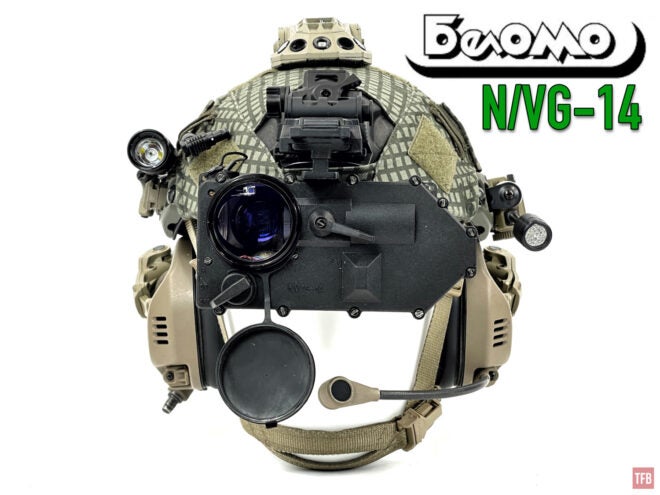You are back again? Just can’t stay away, can you? That is ok. We love night vision here and if you love night vision like we do, then you are welcome. Last week we looked at the Thales Sophie a cooled LWIR thermal biocular. Well, today we look at another night vision biocular by BelOMO in Belarus. It is called the NV/G-14 and it resembles something I reviewed before. Let’s take a closer look.
LowProfile Biocular NVG @TFB
- Friday Night Lights: Norwegian SIMRAD GN1 – Biocular NVGs
- Friday Night Lights: Meopta Klára – Czech Army Biocular NVGs
- Friday Night Lights: Thales LUCIE – French GIGN LPNVG
SIMRAD GN1 Mirror Universe?
I was first made aware of the BelOMO NV/G-14 from this promotional image I found online. I used it in my Foreign Night Vision article.
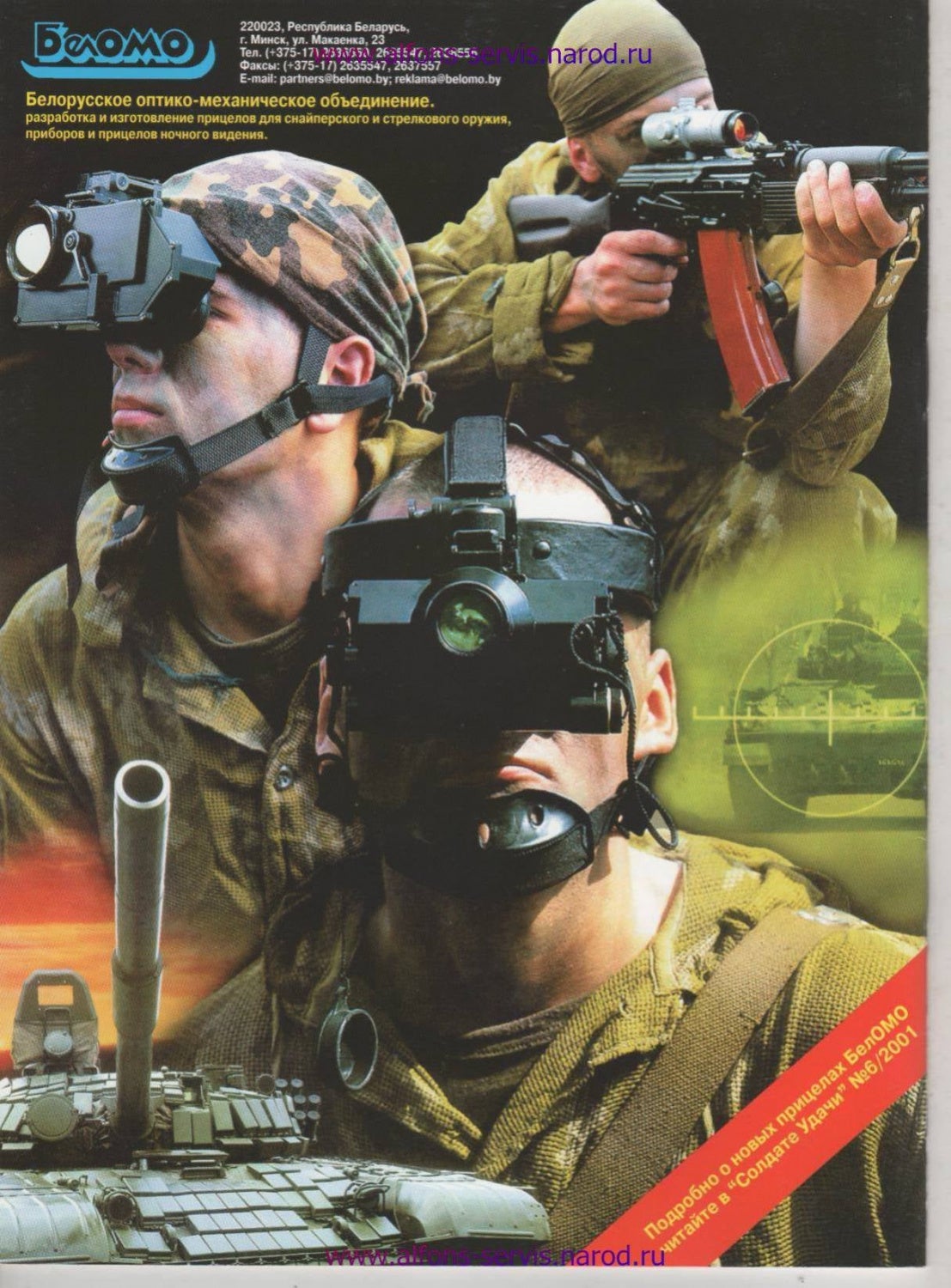
When I saw that image, I noticed the GN1 replica right away and was intrigued since it seemed to be a mirrored version of the Norwegian goggle. Well, here they are side by side.

The SIMRAD GN1 is one of my favorite low-profile biocular NVGs. But one issue I mentioned in my review is the position of the objective lens. I am not sure why the Norwegians thought that is a good place to put that. Compared to the Thales LUCIE or the Meopta Klara which both have their objective lens near the right eye. Even Sopelem designed their TN2 back in the 80s for right-eye dominant users. The NV/G-14 could be better than the SIMRAD GN1 simply due to the position of the objective lens.

The BelOMO NV/G-14 is almost a mirror copy of the SIMRAD GN1 but when you have them next to each other, you start to notice the difference. One of the biggest differences is in the weight. The GN1 weighs a mere 400g or 14.1oz. Compare that to the BelOMO NV/G-14 which is a heft 560g or 19.75oz. That weighs more than some binocular goggles. Why does it weigh so much? The housing is a little bit bigger and boxier than the GN1.
Take a look at the eyepieces. They are smaller in diameter and the ocular housing is made of metal.


Looking down at the BelOMO NV/G-14, you can see how much bulkier it is than the SIMRAD GN1. The person I acquired the BelOMO biocular from modified it with a dovetail so it can be used with a normal helmet mount. Otherwise, it has a proprietary skull crusher.

One feature of the NV/G-14 that it has over the GN1 is that it uses a single AA battery instead of two.

Close Up On NV/G-14
On the back of the housing is this emblem. It says Made in Belarus and that logo might be a BelOMO logo.

I found this image on a camera fan page, Mikeeckman.com. See the BelOMO logo and below it looks like a cross-section of a lens? That looks a lot like the logo on the NV/G-14.

According to Mikeeckerman, BelOMO stands for “Belorussian Optical and Mechanical Association” but in Belarusian.
The objective lens cap has a similar warning as the SIMRAD GN1.

Once you remove the lens cap, there appears to be a light sensor at the top.

To the left of the objective lens is the onboard IR illuminator.

The power switch is a simple three-position lever. Unlike the GN1, there is no accidental lock-out to prevent you from negligent activating the IR illuminator.

The lens cap is held on by the thinnest of tethers. While the lens cap does have a pinhole for daytime use, it does not have any means of storage when not covering the objective lens. If you recall, the GN1 has a small protrusion that plugs into the lens cap holding it and keeping it from swinging around. I am leery of the thin plastic strap that holds the NV/G-14 lens cap. I feel like it will snap off if I am not careful.

The model name is molded onto the front of the housing.

Like the GN1, the NV/G-14 has a throw lever to adjust objective focus.

Here is the NV/G-14 with an Argus dovetail mount.

Building The NV/G-14
This video was a great help in understanding how to install the image intensifier in the NV/G-14. When opening the housing, I noticed that the power switch is tethered to the housing. The GN1 uses pins and they can retract if you are not careful which causes a break in the electrical circuit. Not the case with the NV/G-14.

Just like the GN1, the NV/G-14 objective lens is positioned sideways, BelOMO designed it with these cuts along the side so it can slide on rails molded into the housing.
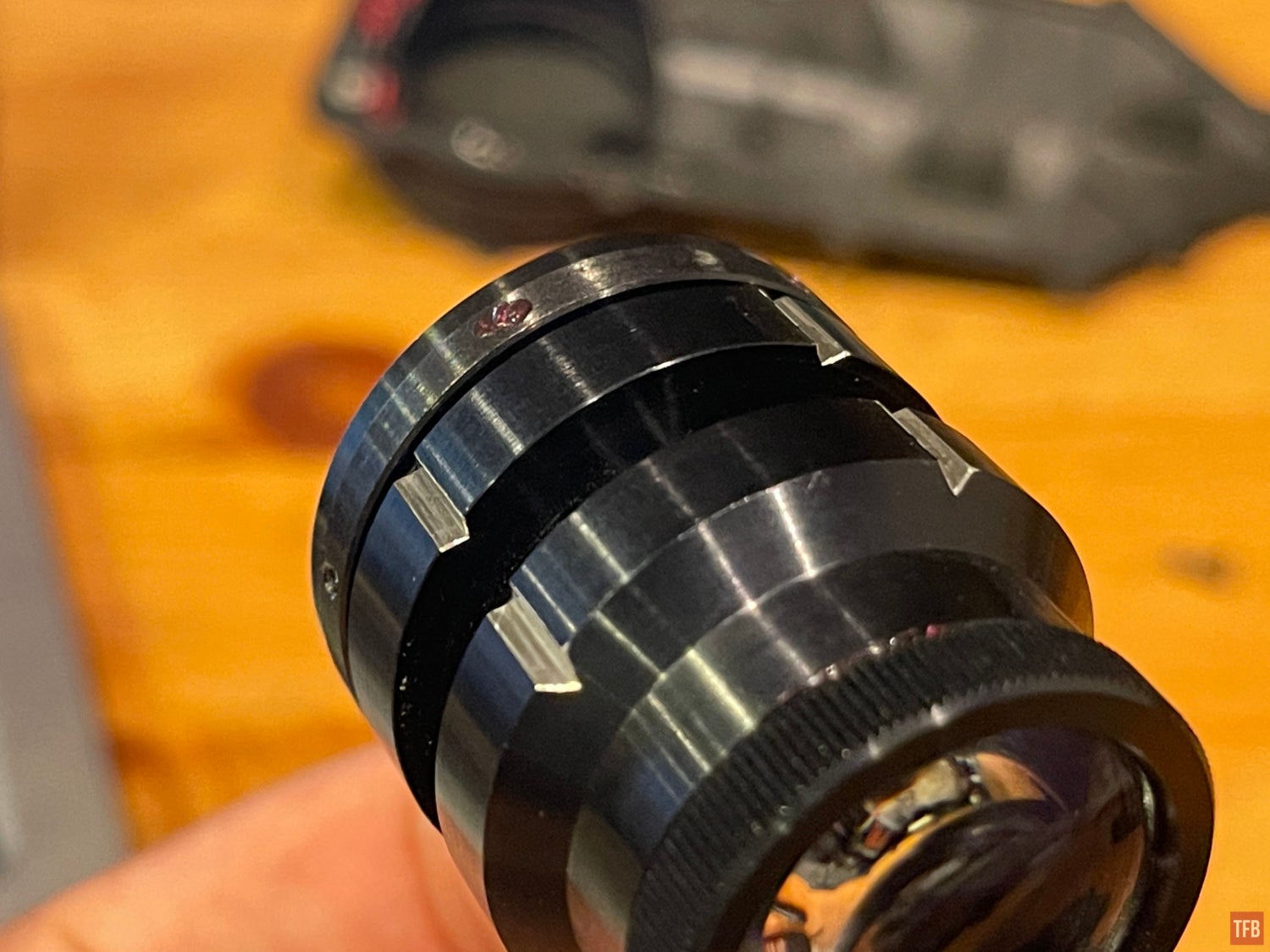
These are the two rails that the objective lens slides along.

The tube retainer is this bent piece of metal that straps the tube in place. The light path of the NV/G-14 is similar to the GN1. Just mirrored.
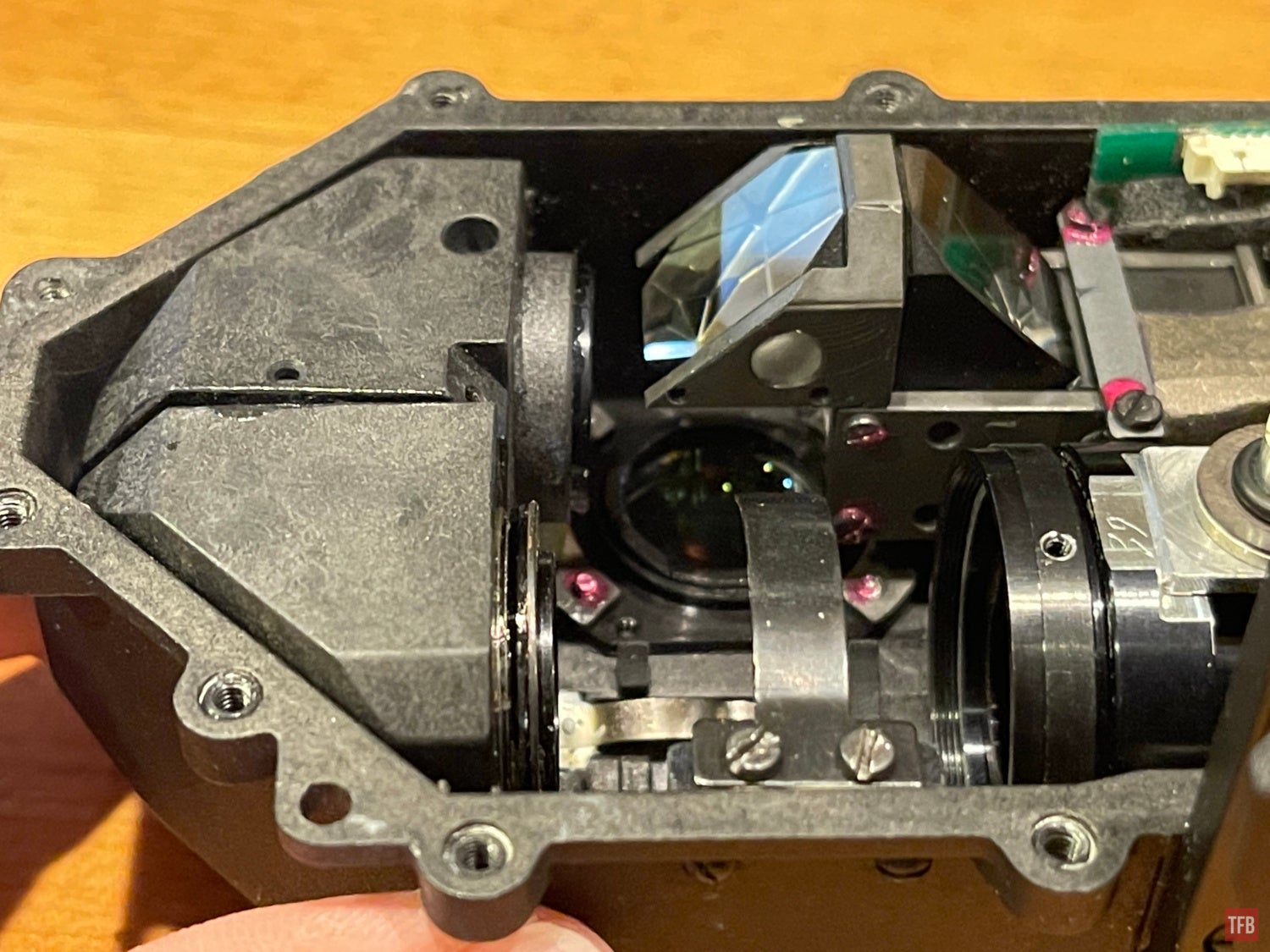
I am not entirely sure what the waxed paper is for in the housing but it was present in the YouTube video I linked above.
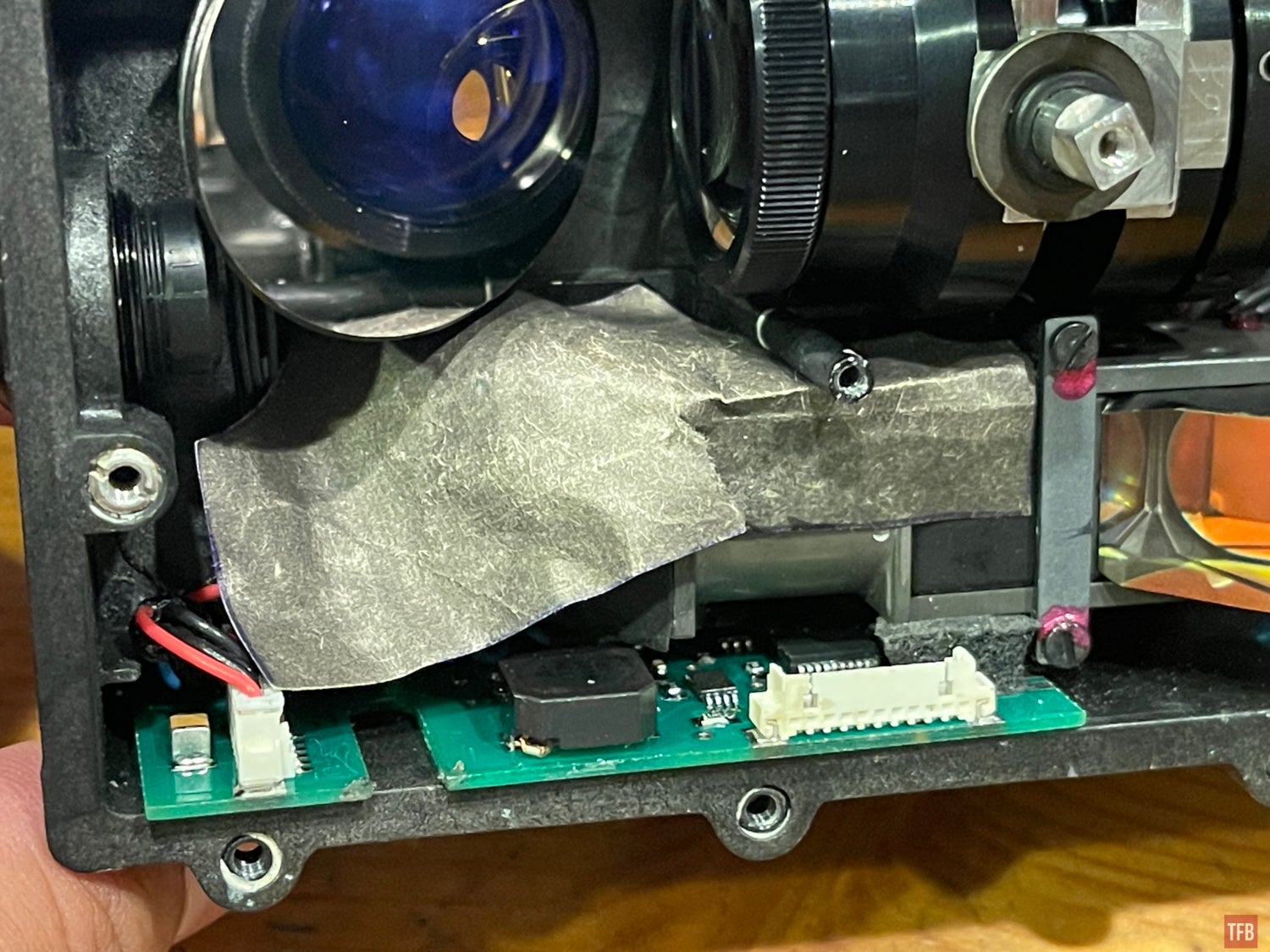
These are the tube contacts.
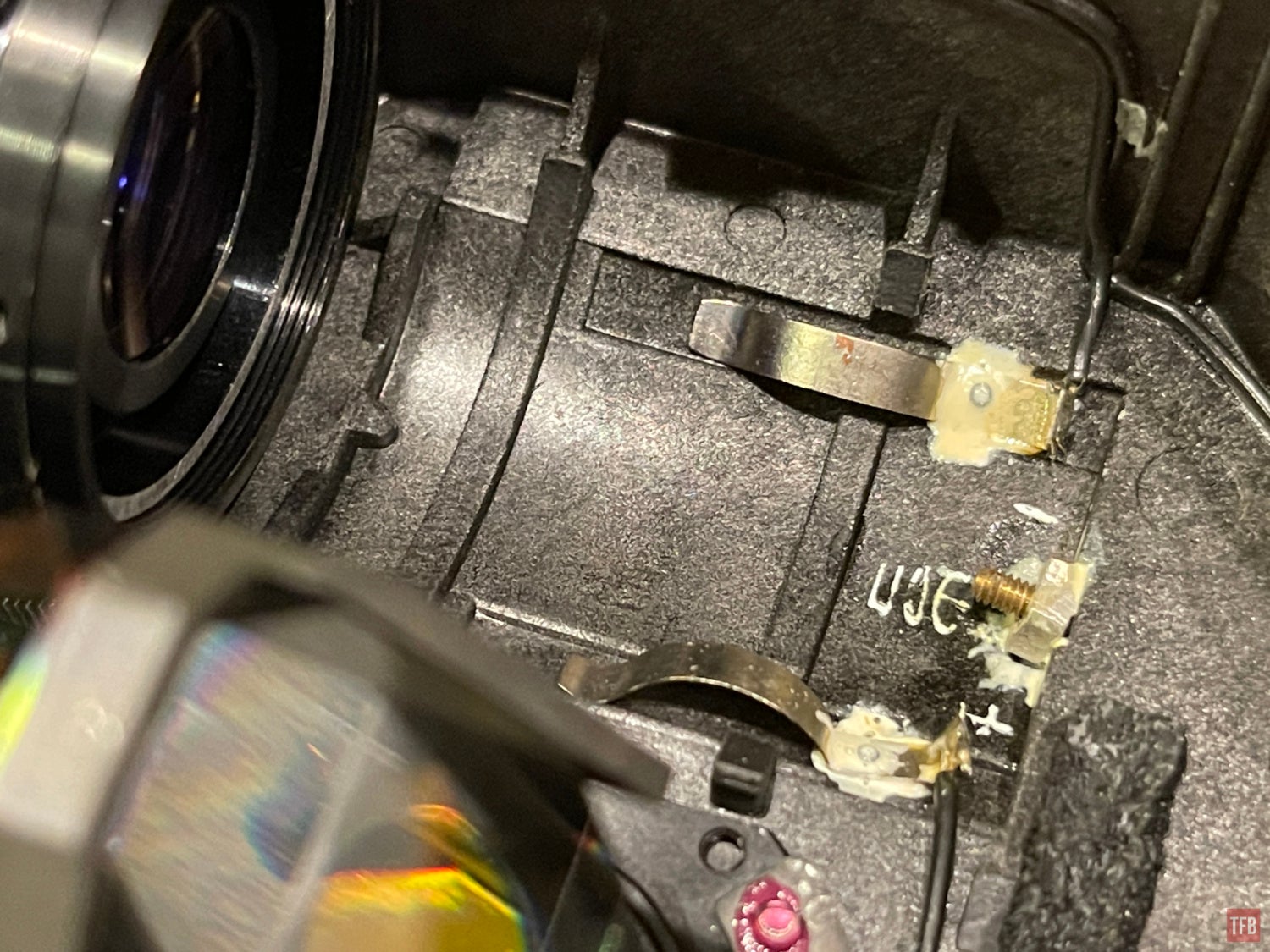
Using the BelOMO NV/G-14



With the custom dovetail, I can use a normal helmet mount. The BelOMO biocular is very similar to the GN1 in form and function. However, according to BelOMO, the NV/G-14 only has a 36º FOV which is smaller than your standard 40º FOV like in night vision devices that use US optics. Some systems like the Thales Lucie are 50º FOV.
One issue with using a regular dovetail mount like the Argus or Wilcox is that they are designed for use with traditional night vision goggles. Flat offset binoculars like the NV/G-14 work with them but there are better options. I tried to use the Wilcox mount for the LUCIE but the dovetail positions the goggle too far down. This is why the mount raised as high as possible.


Maybe if the dovetail was bolted directly to the goggle rather than having an offset spacer, it would fit better. But you cannot argue against the use of a mount designed for similar goggles. You can store the NV/G-14 flat on top of your helmet.

The PVS-21 mount is not any better and does not have tilt adjustment like the LUCIE mount or regular Wilcox G24 mount.

Final Observations Of the BelOMO NV/G-14
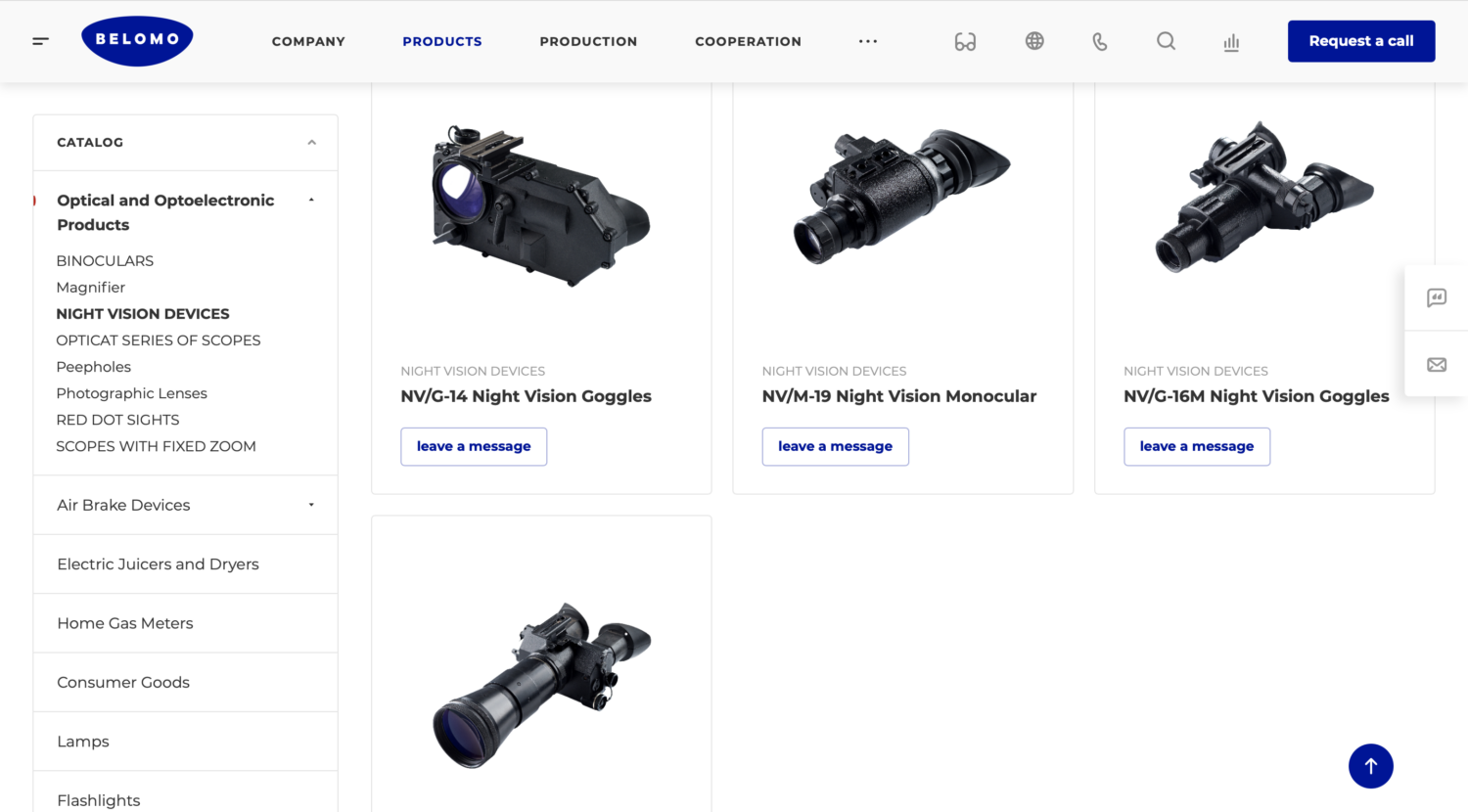
The BelOMO NV/G-14 looks like someone saw some pictures of a SIMRAD GN1 and reversed engineered it in Belarus. Just look at their night vision lineup above. They have a very simple looking monocular and biocular akin to a PVS-7. The NV/G-14 is the most advanced goggle they have on their website. The BelOMO goggle feels crude in comparison to the Norwegian SIMRAD GN1.
Just like the GN1, the pupillary distance is fixed and to make it worse the eyepieces are a lot narrower. The weight is ok but if I am going to use something that weighs almost 20oz, I might as well use a pair of dual-tube binocular NVGs. I am not sure what a NV/G-14 really costs but I have seen some websites try to sell them for almost $3,000.
 Your Privacy Choices
Your Privacy Choices
